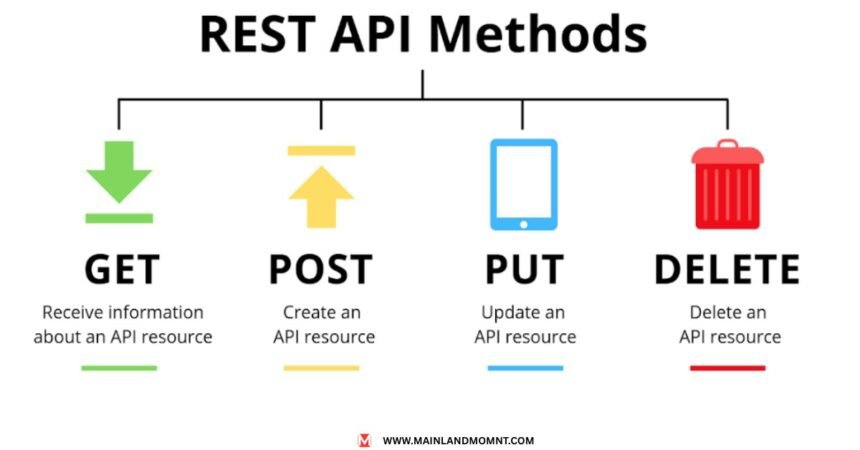What Is a RESTful API? A Complete Beginner's Guide with Real Examples
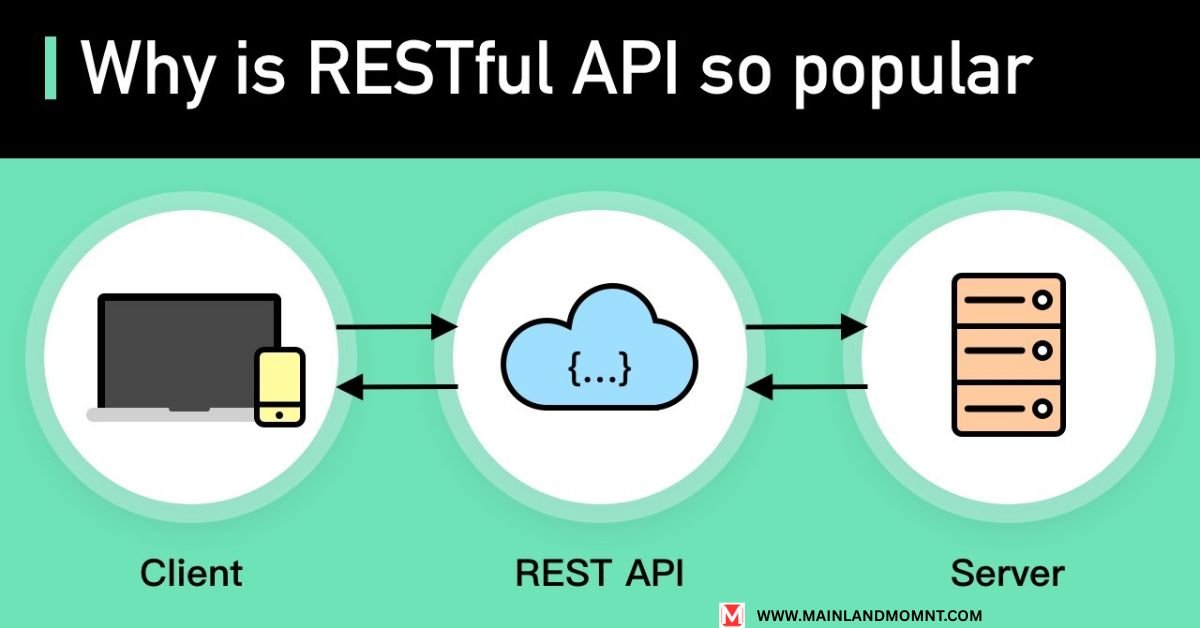
RESTful API technology underpins virtually every app you use every day. When you buy food using DoorDash, check the weather, or scroll through Instagram, you’re encountering the magic of RESTful APIs coursing quietly under the surface.
Look at it like this: you go to a restaurant and you tell the waiter what you want. Your waiter passes your order to the kitchen and returns from the kitchen with your food. That’s precisely what a RESTful API does – it’s the digital waiter that sits between your app and the server.
This guide will explain everything about RESTful APIs in plain English and show you real examples. You’ll learn how these digital messengers help keep your favorite apps running at an even speed.
What is a RESTful API?
What is a RESTful API?
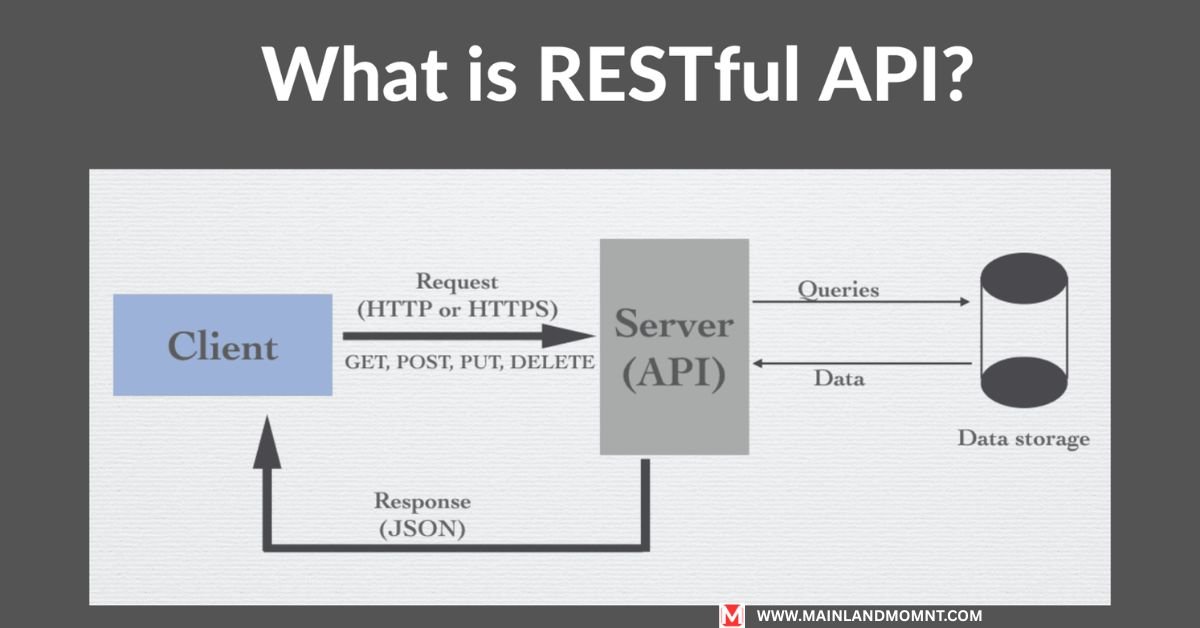
A RESTful API is essentially like a savvy translator who allows various software applications to speak with one another. REST means Representational State Transfer – but let’s not get hung up on that fancy name.
Here’s what happens: when you push “Play” in Spotify, your device sends a client request to Spotify’s servers. The RESTful API brings this message and your song back to your phone. All this happens in seconds!
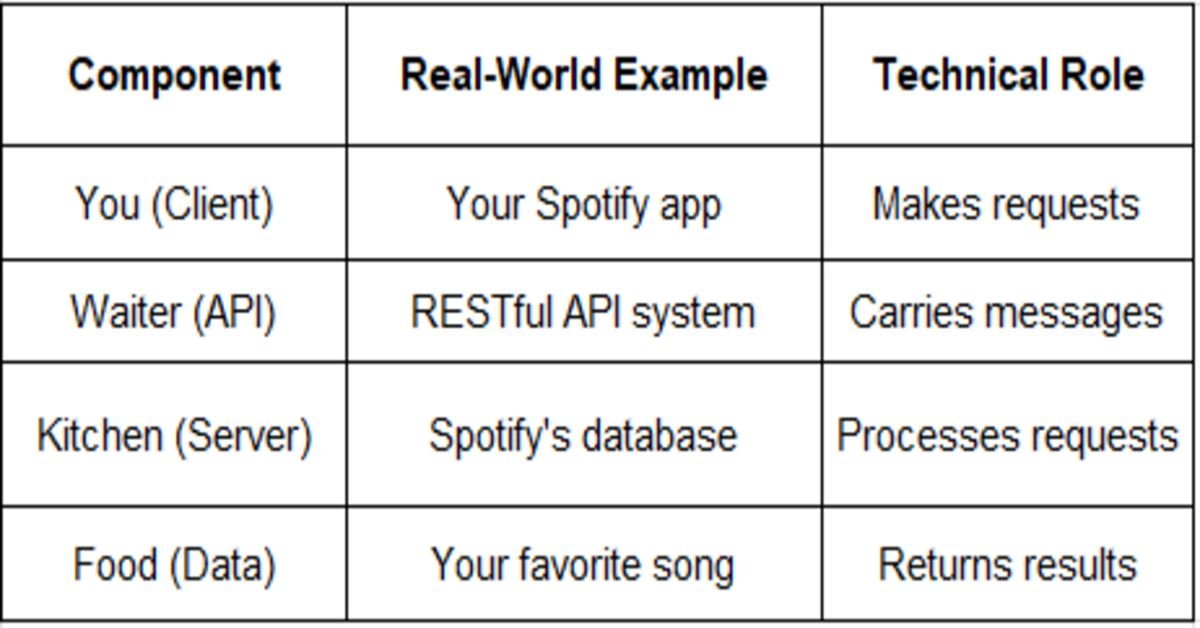
RESTful APIs adhere to certain rules, which make them very good in terms of reliability and speed. These rules help to make sure your Instagram photos load fast and your banking app is secure.
What is a RESTful API?
What is a RESTful API?
So what, exactly, makes an API “RESTful” as opposed to just being an API? The trick is to play by certain architectural rules.
A RESTful API is akin to a well-arranged library. Every file (data) is at a definite location, and you use standard methods to access the file. Regular APIs could be like a cluttered garage – you end up finding what you need eventually, but it takes much longer.
Instagram’s RESTful API is a great example of this. Whether you open Instagram on your phone, computer, or smart TV, the experience is the same. This uniformity arises from REST design.
Key differences:
- Standard communication: Uses HTTP methods consistently
- Predictable structure: URLs follow logical patterns
- Reliable responses: Same request always gives the same result
- Platform independence: Works on any device or system
What is an API?
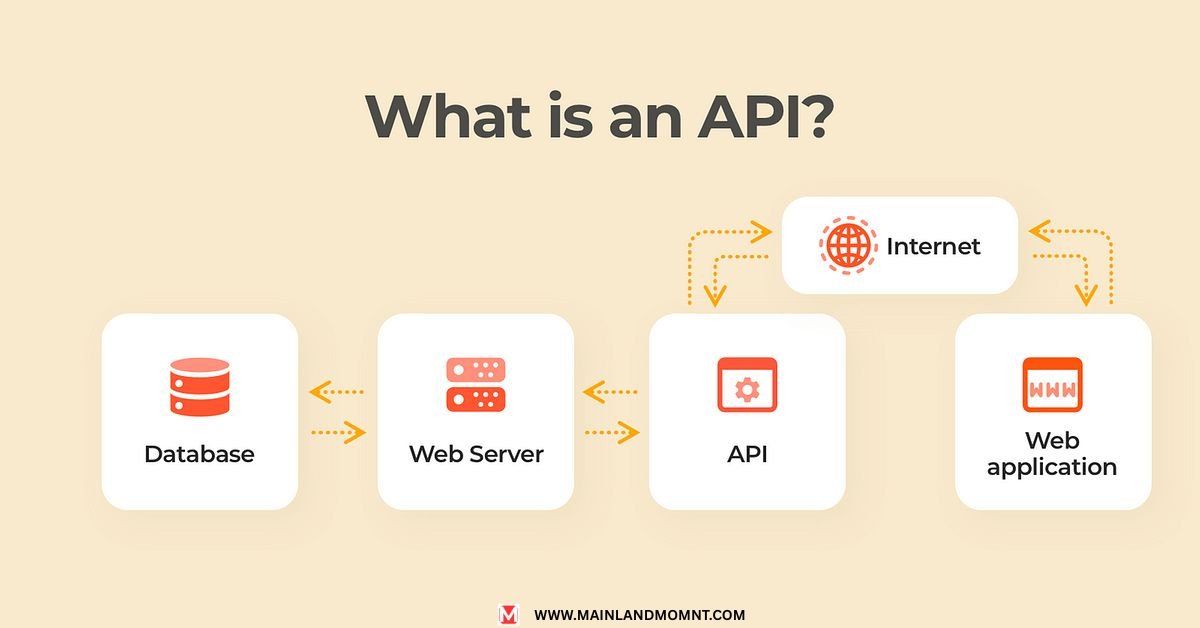
API is short for Application Programming Interface – imagine it as a bridge between systems. Whenever you take an action in an app, multiple APIs combine to make things happen behind the scenes.
Common API examples you use daily
- Weather apps are getting forecast data
- Google Maps shows your location
- Facebook login on other websites
- PayPal processes your online purchases
- YouTube videos are playing on different platforms
Clients
In the world of APIs, clients are the calling party. Your smartphone is a client when it requests data. In today’s connected world, smart TVs, laptops, tablets, and even refrigerators can be clients.
Spotify example: In the Spotify app, when you open it, your app (client) makes calls to get your playlists, recently played songs, and recommendations straight away. You can work with the same RESTful API with multiple clients at the same time without a problem.
Types of clients
- Mobile applications
- Web browsers
- Desktop software
- IoT devices (smart home gadgets)
- Other servers and services
Resources
Resources are the data or services that clients wish to consume. In RESTful API-ese, everything is a resource with a specific location (URL).
Amazon’s product API resources:
- Product details: /products/12345
- Customer reviews: /products/12345/reviews
- Pricing information: /products/12345/price
- Inventory status: /products/12345/stock
Each resource has a clear, logical URL structure that makes sense to both humans and machines.
What is REST?
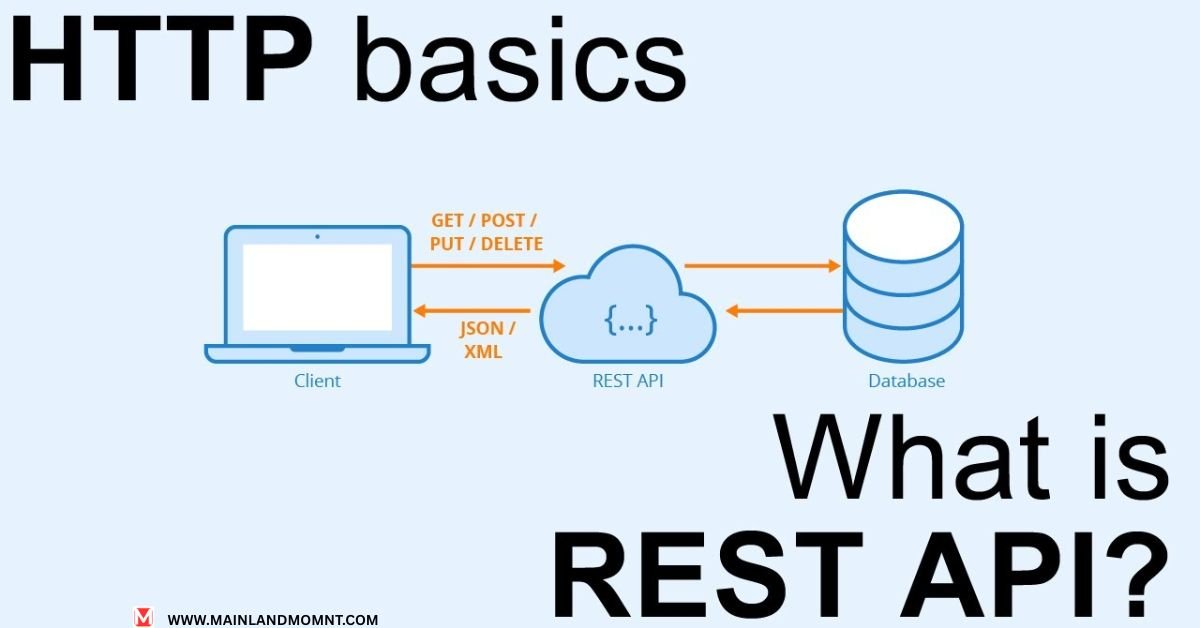
REST is an architectural style that was introduced by Roy Fielding in the year 2000. It isn’t a technology or protocol, it’s a set of design philosophies that help web services become more reliable and scalable.
Think of REST like traffic rules. Without them, roads would be in anarchy. With them, cities hum along as millions of cars effortlessly glide through them. Likewise, REST guidelines facilitate effective software systems communication over the Internet.
The 6 fundamental REST principles are the framework, everyone from Google to Facebook and Amazon uses for their web services.
Uniform Interface
The uniform interface principle is that all RESTful APIs speak the same language. It’s like universal road signs; whether in Tokyo or New York, a stop sign is the same thing.
HTTP methods work consistently:
- GET: Retrieve data (like reading a book)
- POST: Create new data (like writing a new book)
- PUT: Update existing data (like editing a book)
- DELETE: Remove data (like throwing away a book)
These are all used predictably in the Amazon product API. GET /products/12345 will only get product data; it will not do any deletions or updates.
Statelessness
Statelessness implies that every request from a client includes all the necessary information. Each request is a new beginning; the server has no memory of previous requests.
Banking example: When you review your account balance, you don’t say, “Hey, here I am again. Instead, you offer up your account number and credentials each time. This is a more reliable way to system because no one can claim they were asking for something else.
Benefits of statelessness:
- Improved reliability: No lost connection states
- Better scalability: Servers don’t store session data
- Easier debugging: Each request is independent
- Enhanced security: Less information is stored on servers
Layered System
The layered organization of the system obscures complexity from clients. Netflix shows this beautifully – you just click ‘play’ and your movie comes up, but dozens of servers, CDNs, and security systems are seamlessly “working “behind the scenes.
Netflix’s layered architecture:
- User interface layer: What you see and click
- Application layer: Processes your requests
- Security layer: Protects against threats
- Data layer: Stores movies and user preferences
- Network layer: Delivers content globally
Each layer focuses on specific tasks, making the entire system more maintainable and secure.
Cacheability
A cacheable response involves caching such frequently demanded regions for quick access. Your browser stores images and files to make websites load faster on subsequent visits.
Google search caching: Google provides web caching for some other sites. If you live in London and type “weather” into a browser search window, you receive search results from a cache in London, rather than from Google’s main data centers in California.
Cache benefits:
- Faster response times: 10x speed improvements are common
- Reduced server load: Less work for main servers
- Lower costs: Fewer resources needed
- Better user experience: Apps feel more responsive
Code on Demand
Code-on-demand is the only optional constraint in REST. It is possible for servers to send code to be executed on the client, but the majority of RESTful APIs do not because of security concerns.
JavaScript example: When you go to a website, the server could send JavaScript code that runs in your browser. This kind of code is responsible for such interactive elements as drop-down menus or form validation.
These days, most business applications prefer to send data rather than code, helping to simplify and make security predictable.
What are the benefits of RESTful APIs?

There are many benefits that both developers and businesses will enjoy with a RESTful API. These advantages are why companies such as Uber, Airbnb, or Twitter, among some, base their architectures on top of REST.
Scalability
The RESTful APIs manage escalating user requests well. Uber users make millions of ride requests every day over its scalable RESTful architecture.
Uber’s scaling success:
- Handles 14 million trips daily
- Operates in 900+ cities
- Processes requests in under 2 seconds
- Maintains 99.9% uptime
A stateless behavior of RESTful APIs is suitable for horizontal scaling. Add more servers when demand is high, take them away when demand is low.
Flexibility
RESTful APIs are very flexible because they are platform-independent. No changes are made to the API that serves web browsers, mobile apps, smart TVs, IoT devices, or anything else.
Airbnb’s flexible approach:
- Single API serves website and mobile apps
- Partners integrate using the same endpoints
- Third-party developers build add-on services
- Future platforms easily connect
This flexibility reduces development time and maintenance costs significantly.
Independence
RESTful APIs decouple the frontend from the backend and the backend developers’ communities. Frontend developers design user interfaces while backend developers are responsible for server response logic and data storage.
Team productivity benefits:
- Parallel development: Teams work simultaneously
- Specialized skills: Developers focus on their strengths
- Faster releases: Independent deployment schedules
- Easier testing: Components test separately
How do RESTful APIs work?

RESTful APIs follow a simple request-response pattern. Here’s what happens when you play a song on Spotify:
- Request: Your app sends a “play song” request
- Processing: Spotify’s servers find the song
- Response: Servers send the song data back
- Display: Your app plays the music
This entire process happens in milliseconds, creating a seamless user experience.
What does the RESTful API client request contain?
Every client request includes three essential components that tell the server exactly what you want and how to respond.
Unique Resource Identifier
The URL uniquely identifies what resource you want to access. RESTful API URLs follow logical patterns that make sense to humans and computers.
GitHub API examples:
- User profile: https://api.github.com/users/octocat
- User repositories: https://api.github.com/users/octocat/repos
- Specific repository: https://api.github.com/repos/octocat/Hello-World
Notice how the URLs build logically from general to specific, making the API intuitive to use.
Method
HTTP methods tell the server what action to perform. These methods create a uniform interface that works consistently across all RESTful APIs.
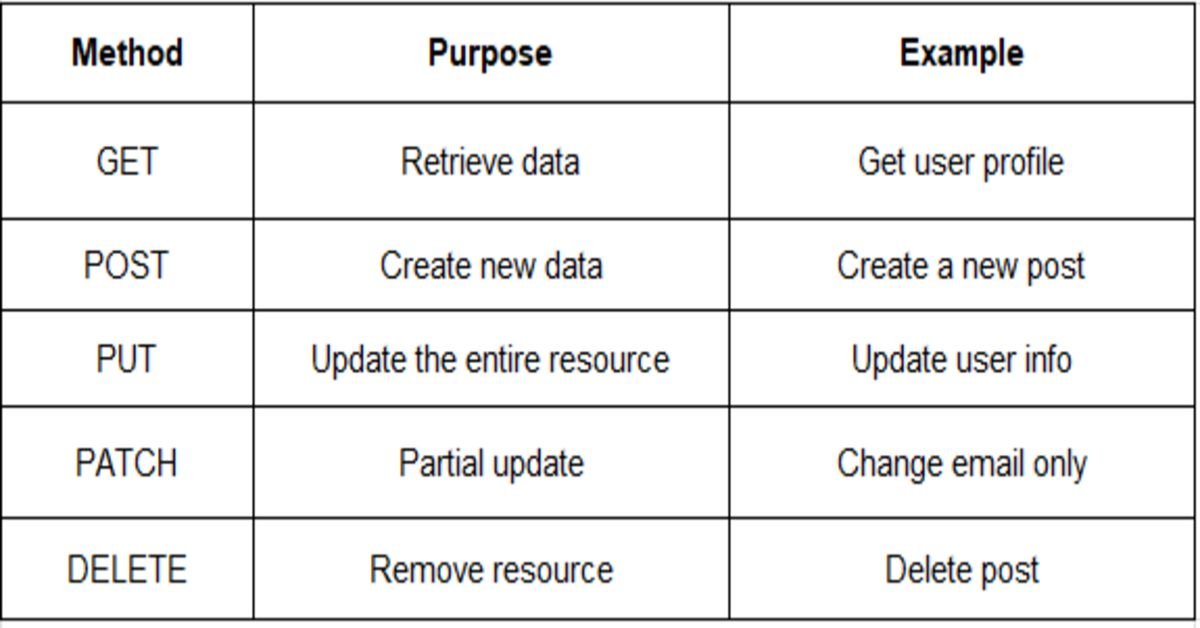
HTTP Headers
Headers provide additional information about the request. They include authentication tokens, preferred response formats, and other metadata.
Common headers:
- Authorization: Bearer abc123 (proves your identity)
- Content-Type: application/json (data format you’re sending)
- Accept: application/json (format you want back)
What are RESTful API authentication methods?
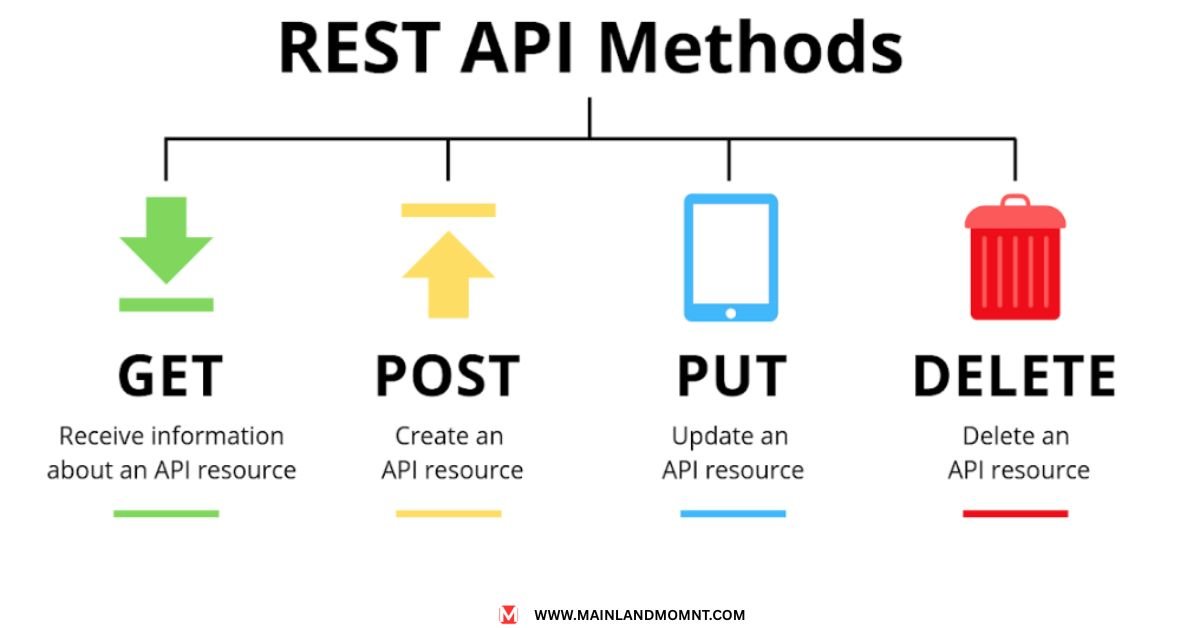
Security is crucial for RESTful APIs, especially for business applications handling sensitive data. Different authentication methods provide varying levels of security.
HTTP Authentication
Basic HTTP authentication sends the username and password with each request. While simple, it’s not secure enough for production software systems.
Bearer tokens improve security by using temporary access tokens instead of passwords. Banking APIs commonly use this approach for secure transactions.
API Keys
API keys identify and track API usage. Google Maps requires an API key to prevent abuse and monitor usage patterns.
API key benefits:
- Usage tracking: Monitor how much each app uses
- Rate limiting: Prevent system overload
- Access control: Restrict certain features
- Cost management: Charge based on usage
OAuth
OAuth provides secure access without sharing passwords. When you “Login with Google” on other websites, OAuth handles the authentication safely.
OAuth process:
- Authorization request: App asks for permission
- User consent: You approve the request
- Access token: Google provides a temporary access token
- API calls: App uses a token for requests
This application integration method protects user privacy while enabling seamless experiences.
READ MORE ABOUT: A technical breakdown of OAuth authentication
What does the RESTful API server response contain?
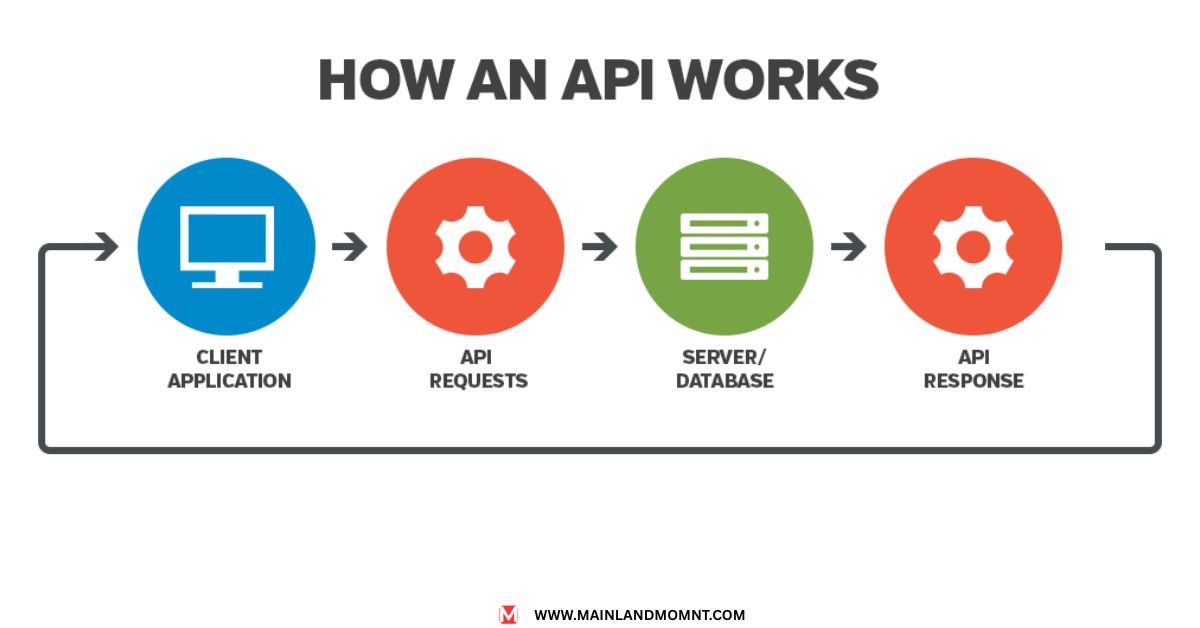
Server responses include everything needed to understand what happened and what data is being returned.
Status Line
HTTP status codes quickly communicate the result of your request. Understanding these codes helps with debugging and error handling.
Common status codes:
- 200 OK: Request succeeded
- 201 Created: New resource created
- 400 Bad Request: Invalid request
- 401 Unauthorized: Authentication required
- 404 Not Found: Resource doesn’t exist
- 500 Internal Server Error: Server problem
Message Body
The response body contains the actual data you requested, typically in JSON format. Web services prefer JSON because it’s lightweight and easy to parse.
Example user profile response:
{
“id”: 12345,
“name”: “John Doe”,
“email”: “john@example.com”,
“joined”: “2023-01-15”
}
Headers
Response headers provide metadata about the returned data, including caching instructions and content type information.
Important response headers:
- Content-Type: application/json
- Cache-Control: max-age=3600
- X-RateLimit-Remaining: 95
How can AWS help you with RESTful API management?
API Gateway services simplify RESTful API management significantly. AWS provides comprehensive tools for building, deploying, and monitoring APIs at scale.
AWS API Gateway features:
- Request routing: Direct requests to appropriate services
- Authentication: Secure your APIs automatically
- Rate limiting: Prevent system overload
- Monitoring: Track usage and performance
- Caching: Speed up responses automatically
Real success story: Fintech startup reduced API response times by 60% and cut infrastructure costs by 40% using AWS API Gateway for their RESTful API management.
AWS Next Steps
Getting started with AWS RESTful API development is straightforward:
Free tier exploration:
- 1 million API calls per month are free
- Complete tutorials and documentation
- Sample applications and code
- Community support forums
Learning path:
- Start with basics: Create a simple API
- Add features: Authentication and caching
- Scale up: Load balancing and monitoring
- Optimize: Performance tuning
Conclusion
RESTful API technology forms the backbone of modern digital experiences. From ordering food to streaming music, these digital messengers make our connected world possible.
Understanding RESTful APIs opens doors to countless opportunities. Whether you’re building the next great app or simply curious about how technology works, this knowledge proves invaluable.

